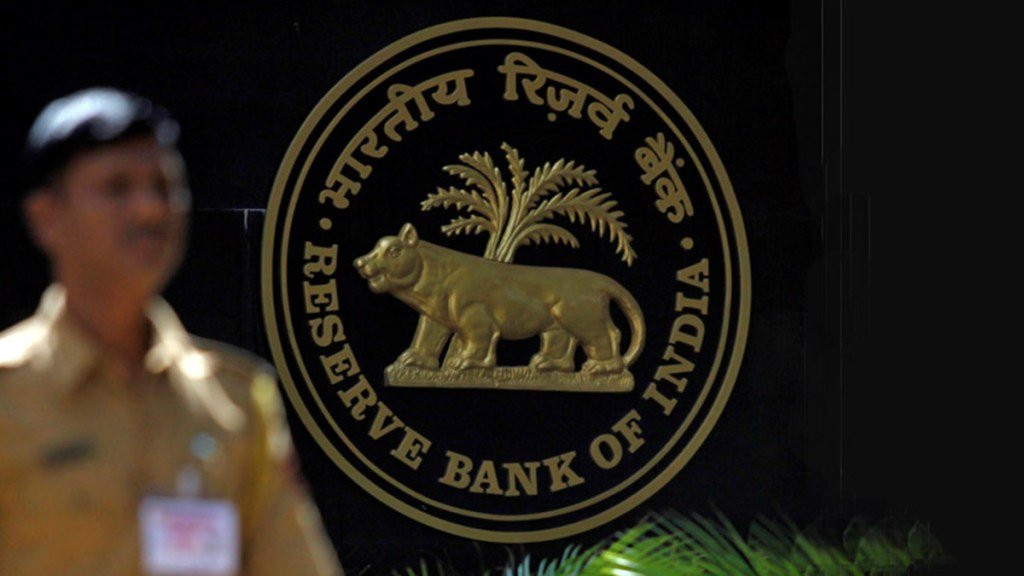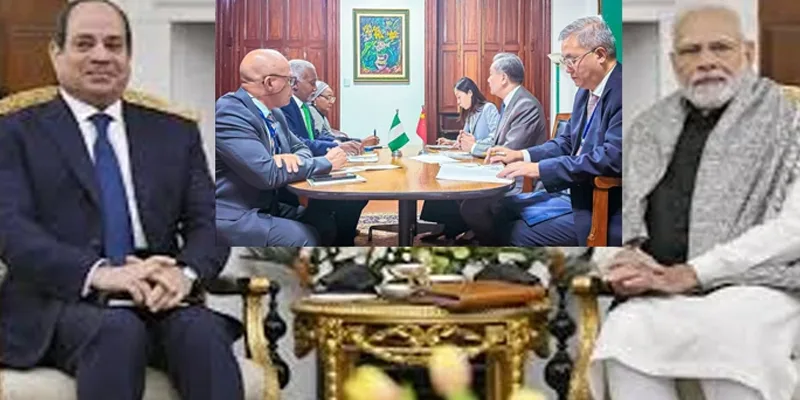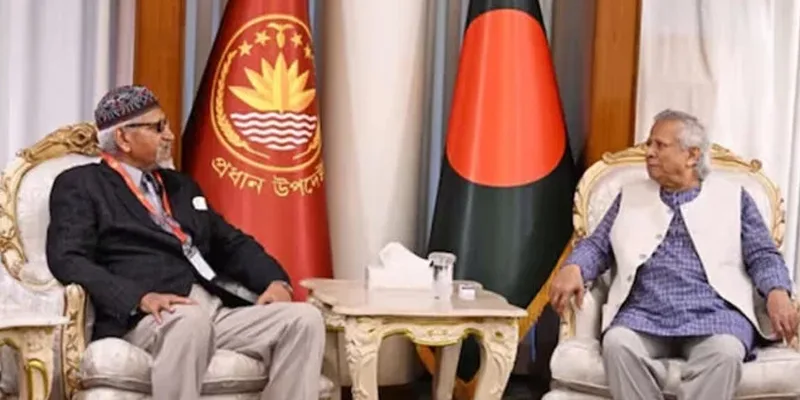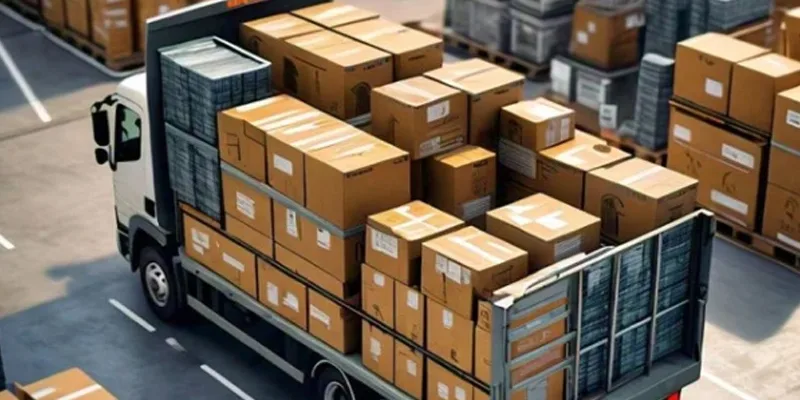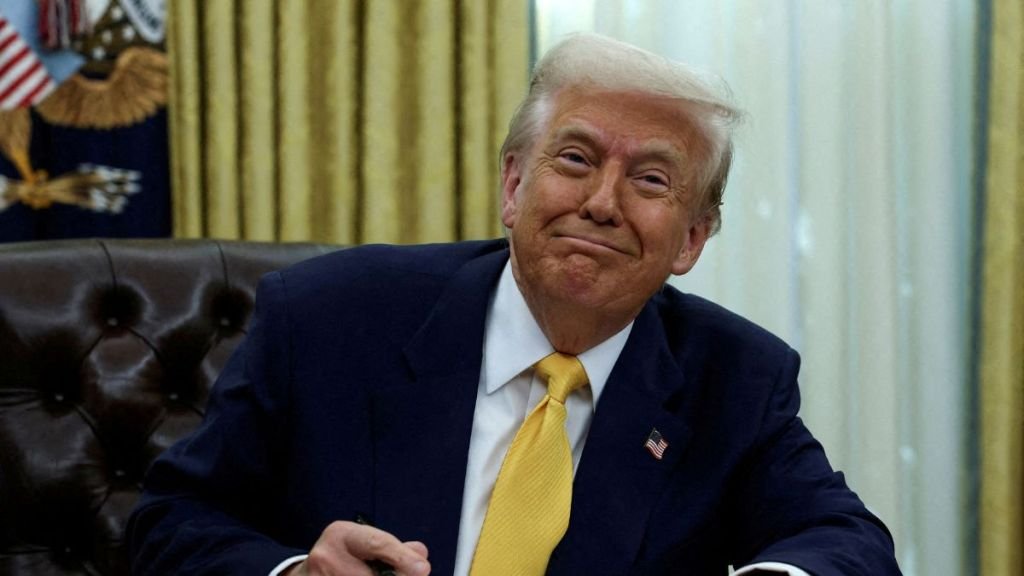
The US government, under Donald Trump’s leadership, has been advocating for reciprocal tariffs on Indian goods, citing trade imbalances. According to an analysis by Nomura, this development could have a positive impact on India’s electronics exports. Over the years, India has gradually lowered import duties across various segments, and the latest Union Budget further rationalized tariffs on essential mobile phone components and television panel parts.
If India were to reduce import duties to zero in response to potential US tariffs, it would have minimal impact on shifting smartphone assembly to the US. India could gain a competitive edge, leading to a sustained increase in smartphone exports, provided tariffs remain in place for an extended period. Supply chain adjustments take time, and any long-term changes in trade policy will influence how global production is structured.
The Indian government is exploring different strategies to counter the trade threat from the US, including a potential bilateral trade agreement that could lead to zero duties on certain goods.
Currently, India imposes a 15 percent duty on fully assembled mobile phone imports and 20 percent on wearables, televisions, and air conditioners, while the US does not impose any such duties. However, many subcomponents used in manufacturing, including PCBAs, cameras, and displays, already have zero import duty in India. The effective weighted import duty rate for electronic products is estimated at around 3-4 percent, given that most imports consist of components rather than fully assembled products.
India’s electronics exports to the US have grown significantly in recent years, increasing from approximately $2.5 billion in FY20 to around $11 billion in FY24. Nearly half of this consists of smartphones, primarily from Apple. Despite this growth, Indian electronics exports still make up only around 2 percent of the total US electronics imports, whereas China and Mexico are dominant suppliers, accounting for 35 percent and 22 percent, respectively, in 2023.
If the US implements reciprocal tariffs, it could follow different approaches, such as applying identical tariffs on the same products or imposing a weighted average tariff across various categories. Since India’s weighted average tariffs are already low, there may be little direct impact. However, if India were to eliminate import duties on mobile phone components, the shift of smartphone assembly to the US would still be unlikely due to lower value addition, labor cost differences, and a stronger US dollar making production in the US expensive.
Labor costs play a critical role in determining manufacturing competitiveness. India’s average hourly wage stands at approximately $1.5, compared to $2.5 in Mexico and $15 in the US. This cost advantage strengthens India’s position in global electronics manufacturing, particularly as the US looks to reduce dependence on China. In smartphones, India currently contributes about 10 percent of US imports, whereas China accounts for more than 80 percent. A similar pattern exists in IT hardware and telecom equipment, where China and Mexico supply over 60 percent. If broad 20 percent tariffs were imposed on Chinese and Mexican goods, India’s competitiveness would rise, potentially leading to an increase in exports.
Several companies have already begun leveraging this opportunity. In FY25, Samsung and Apple are sourcing approximately 23 percent and 15 percent of their global production from India, respectively. Motorola and Google have also started exporting in larger volumes.
India’s smartphone exports are projected to reach around $20 billion in FY25. With a projected 30-35 percent shift in global sourcing to India, exports could increase to approximately $70 billion by FY30. Companies expected to benefit from this trend include Dixon, which is seeing strong momentum in mobile exports for Motorola and Google, and SAMIL, which specializes in mobile display components.



